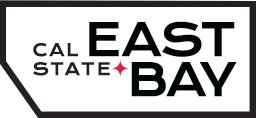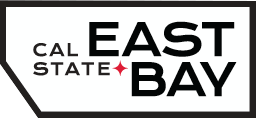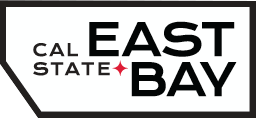Course Resources
We all have resources we have come to rely on in our courses, whether it is a tried-and-true text or a VHS from 1987. Sometimes utilizing those materials in a modern environment can be challenging because of copyright. The CSU Libraries have tools and resources to help:
- Ebook packages allow the freedom of breaking from traditional print texts across multiple disciplines. Ebooks are available from many different publishers and with many different licenses. Some allow unlimited usage; some allow multiple, concurrent users; and some are only available to one person at a time. Link to the ebook using the permalink from your library’s website.
- The CSU Libraries provide subsidized access to several hundred million full-text articles via subscription databases and publisher ejournal collections. Instructors are strongly encouraged to identify and assign relevant articles from these collections for use as required or supplemental course readings. By linking out to full-text articles and ebooks, rather than downloading copies and storing them locally, there are no copyright restrictions or costs associated with their use, and libraries can maintain statistics on usage to better inform collection decisions.
- Streaming videos are viewed over the web, rather than downloaded to a local device. The Libraries subscribe to many packages of streaming videos. Faculty can embed clips and create playlists: Ask your librarians how!
- Digital rights management (DRM) refers to the rules media vendors put on a user's ability to save, share, or otherwise copy items from their media collections. DRM may also include a limit on the number of users who can access the items simultaneously. Each media and ebook collection has different DRM rules: Look to their help pages or ask your librarian to find out.
Showing Movies
As part of your class or within a Learning Management System (LMS) such as Blackboard, Canvas, or Moodle: Movies can be an integral part of a course’s learning materials. Showing a movie as part of a course generally falls under Fair Use, because there is no charge for admission and the movie is an integral part of your curriculum. Your campus library may even offer a service for digitizing a movie (or a section of a movie) and streaming it within your campus LMS. On Campus, not part of a class: Showing movies for entertainment can be a fun activity for students, and a way to take a break from the stress of the semester. However, public performance does not fall under Fair Use and will require the permission of the copyright owner—and perhaps a public performance fee. Some of the movies in your library collection may have public performance rights: You should check with your librarian or your media library. Obtaining public performance rights isn’t difficult, and your library might even be able to assist you with this. It is often a matter of making a phone call or sending an email to the film distributor. Swank Motion Pictures and Criterion Pictures USA are two such service providers. If you aren’t able to pay a fee for performance, then you might consider showing a film that is in the public domain or whose creators allow public performance. The Library of Congress has some information about finding films within the public domain.





